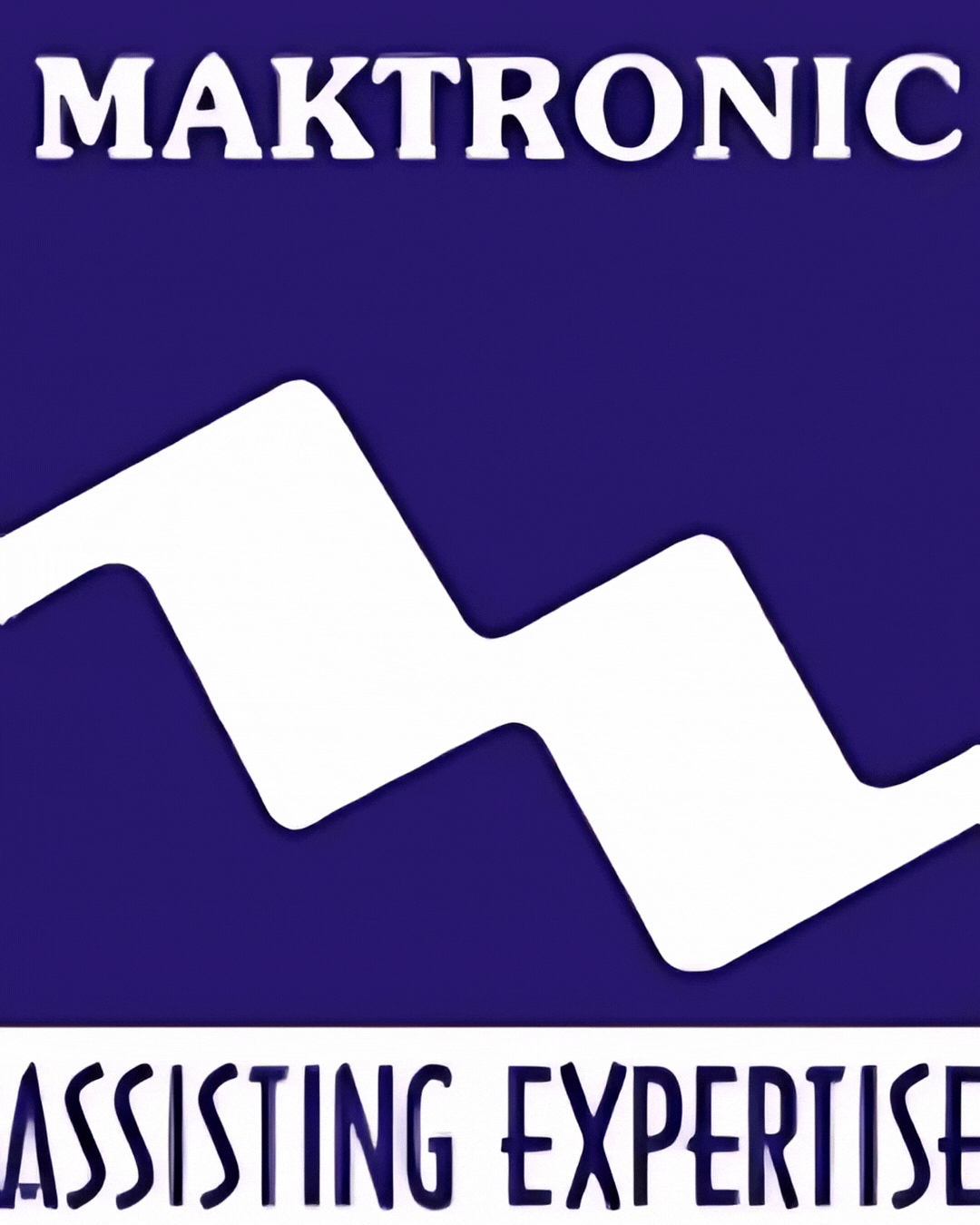HD CAMERA
Description
A HD camera in arthroscopy is a vital piece of equipment that provides high-definition imaging during minimally invasive joint surgeries. Arthroscopy involves the use of a small camera, or arthroscope, to visualize the inside of a joint through small incisions. The HD camera enhances the surgeon's ability to examine joint structures, such as cartilage, ligaments, tendons and bones with exceptional clarity and precision.
Function and Mechanism:
The HD camera is typically attached to the arthroscope, which is inserted into the joint. The camera captures high-resolution images or video of the surgical site, which are then displayed on a monitor for the surgeon to view in real time. HD cameras offer significantly improved image quality compared to standard-definition cameras, providing clearer and more detailed visuals, which are crucial for performing precise surgeries.
-
Enhanced Resolution: HD cameras have a higher pixel count, providing sharper and more detailed images. This enhanced resolution is particularly valuable in orthopedic surgeries, where small anatomical structures need to be examined and repaired with precision.
-
Real-Time Visualization: The images or videos captured by the HD camera are displayed in real-time on a large monitor, allowing the surgeon to work efficiently with up-to-the-minute information. This real-time feedback is crucial during complex procedures.
-
Camera Controls: HD cameras are often equipped with adjustable features, such as zoom capabilities and light intensity, allowing surgeons to focus on specific areas of the joint or modify lighting to suit the surgical environment.
Applications in Orthopedic Surgery:
-
Joint Diagnostics: In arthroscopic procedures, the HD camera enables the surgeon to examine the inside of the joint and accurately diagnose conditions like arthritis, ligament tears, meniscal injuries, and cartilage damage. Clear imaging aids in determining the extent of the injury and planning treatment.
-
Minimally Invasive Surgeries: HD cameras are used in minimally invasive surgeries, such as knee, shoulder and hip arthroscopies, allowing surgeons to perform complex procedures with smaller incisions, reducing trauma to surrounding tissues and promoting quicker recovery.
-
Precision in Soft Tissue Repair: The high-definition visualization provided by the camera helps surgeons perform delicate soft tissue repairs, such as ligament reconstructions, meniscus repairs and tendon repairs, with greater accuracy and less risk of complications.
-
Bone and Cartilage Assessment: The HD camera is also crucial for evaluating bones and cartilage during joint procedures like joint replacement surgeries. Surgeons can assess joint alignment, cartilage condition, and bone quality, ensuring optimal outcomes for the patient.
-
Spinal Arthroscopy: In spinal surgeries, HD cameras allow the surgeon to clearly visualize the spine, nerves, and surrounding tissues, facilitating minimally invasive spinal procedures such as disc decompressions or spinal biopsies.
Benefits:
-
Improved Image Clarity: The primary advantage of a HD camera in arthroscopy is the superior image quality. It offers high-resolution, detailed visuals that make it easier for the surgeon to distinguish small structures and make informed decisions during surgery.
-
Enhanced Surgical Precision: With the ability to view joints, ligaments and bones in high definition, surgeons can perform highly precise procedures, such as repairing small tears or making fine adjustments to joint alignment.
-
Reduced Risk of Errors: Clearer images reduce the chances of misdiagnosis or surgical errors, improving the overall success rate of the procedure.
-
Better Post-Operative Outcomes: With more accurate surgery, patients are less likely to experience complications and recovery times are shortened. The precision provided by HD cameras helps ensure that the surgery is completed effectively and efficiently.
-
Real-Time Feedback: Surgeons benefit from immediate feedback from the HD camera, which allows for continuous assessment and modification during the procedure. This helps ensure that any changes or corrections can be made promptly.
-
Less Invasive Surgery: Since HD cameras are used in minimally invasive procedures, patients experience less tissue damage, reduced scarring and faster recovery time compared to traditional open surgeries.
Considerations:
-
Cost and Maintenance: High-definition cameras can be more expensive than standard-definition cameras and require regular maintenance to ensure optimal performance. Surgeons and medical facilities must ensure that these cameras are properly cared for to avoid image degradation.
-
Size and Maneuverability: The size and maneuverability of the camera are important considerations during surgery. The camera should be small enough to fit into tight joint spaces but capable of providing a full range of motion for optimal visualization.
-
Lighting: HD cameras in arthroscopy often require specialized lighting to provide clear, bright images. Surgeons must ensure that the lighting is appropriately adjusted to avoid overexposure or poor visibility during the procedure.
Conclusion:
A HD camera in arthroscopy plays a vital role in improving the quality and accuracy of orthopedic surgeries. By providing high-definition, real-time images of the joint or surgical site, the camera enhances visualization and allows surgeons to perform procedures with greater precision. This advancement in imaging technology has revolutionized the field of orthopedic surgery, especially in minimally invasive techniques. With better visualization, surgeons can diagnose conditions more accurately, perform repairs with improved precision, and ultimately enhance patient outcomes by reducing complications and speeding up recovery times.


